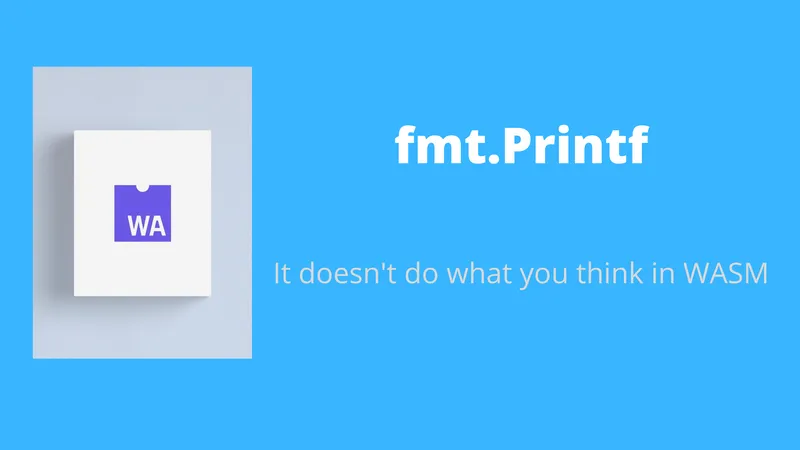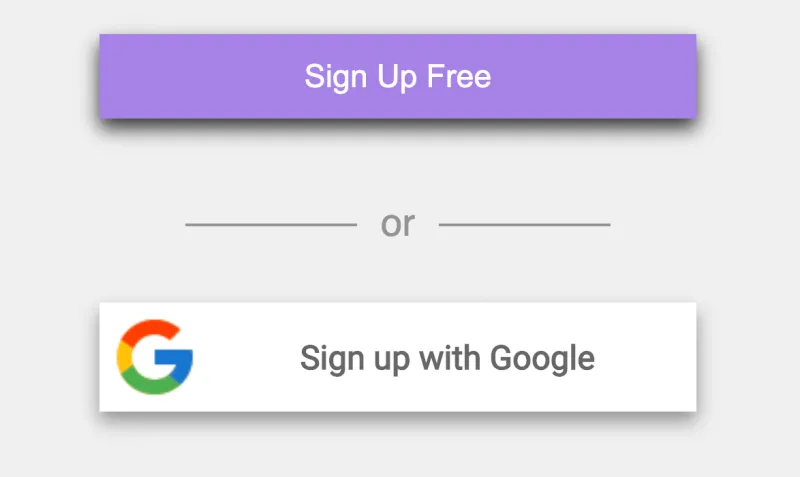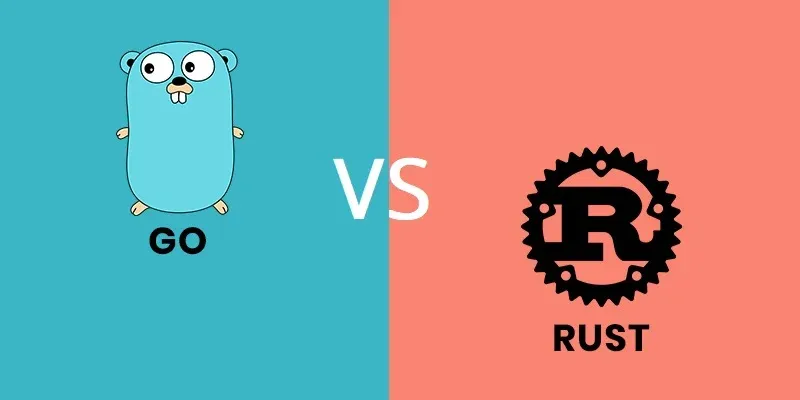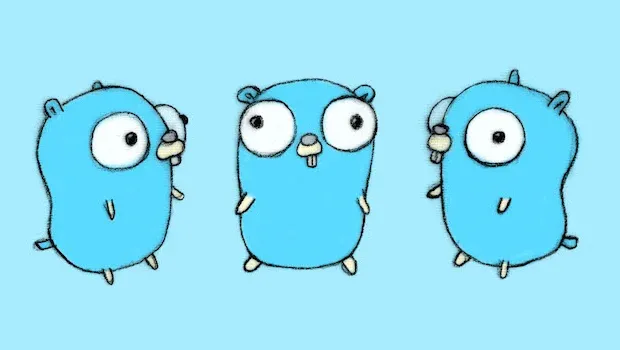Golang - Pg. 2
-


How and Why to Write Enums in Go
Apr 19, 2021 by Lane WagnerAn enum (short for enumerator), is a set of named constant values. An enum is a powerful tool that allows developers to create complex sets of constants that have useful names and yet simple and unique values.
-


Splitting a String into a Slice in Golang
Apr 15, 2021 by Lane WagnerI can’t begin to tell you how often I split strings in Go. More often than not I’m just parsing a comma-separated list from an environment variable, and Go’s standard library gives us some great tools for that kind of manipulation.
-


For Loops in Go
Apr 10, 2021 by Lane WagnerFor loops are a programmer’s best friend! They allow us execute blocks of code repeatedly and iterate over collections of items.
-


Using a High-Level RabbitMQ Client in Golang
Mar 10, 2021 by Lane WagnerSo you might already know that the amqp package is awesome and you can get up and running with just 40-50 lines of simple code.
-


Why should you learn Golang? [2022]
Feb 08, 2021 by Meghan ReichenbachGolang has skyrocketed in popularity year over year, making it one of the best choices for career-conscious developers to learn.
-


Should You Commit the Vendor Folder in Go?
Nov 16, 2020 by Lane WagnerIf you’re asking “should I commit the vendor folder in my Go project to Git?”, the answer is “almost always”.
-


Learn Go Fast - Top Courses and Resources
Nov 02, 2020 by Lane WagnerWant to learn Go fast? The good news is that Go is one of the simplest programming languages out there.
-


How to Structure a Golang Project
Oct 01, 2020 by Lane WagnerI lead a team that’s responsible for anywhere from 15-25 Go microservices at any given time.
-


Running Go in the Browser with WASM and Web Workers
Sep 23, 2020 by Lane WagnerWe’ve recently made big changes to how we execute Go in the browser on boot.dev and want to explain the enhancements.
-


How to Make Pure Functions in Golang
Sep 07, 2020 by Lane WagnerPure functions are often hyped up in the JavaScript world, probably because of the abundance of stateful front end applications.
-


Create a Golang Video Streaming Server Using HLS
Sep 04, 2020 by Lane WagnerIn this tutorial, we’ll go step-by-step through building a video streaming API (which will work for music as well) in Go.
-


Should You Return Empty or Nil Slices in Go?
Sep 03, 2020 by Lane WagnerIn Go, we often need to return zero values. Idiomatic Go encourages the use of guard clauses, and guard clauses necessitate the need to return early.
-


Top 15 Golang Interview Questions [Updated 2024]
Aug 31, 2020 by Lane WagnerLet’s take a look at some good technical questions to be familiar with, whether you are looking to nail your next Golang interview, or if you’re the interviewer yourself.
-


Unexpected Printf Behavior in Go WASM - Nothing Prints
Aug 10, 2020 by Lane WagnerWhile working on boot.dev’s Go Playground, I came across a very strange error. The standard library’s fmt.
-


Authenticate Users with "Sign In With Google" in Golang
Jul 22, 2020 by Lane WagnerUsers love convenience. If your goal is to make it easy for users to register with your app or website, then implementing the “Sign in with Google” option should be at the top of your priority list.
-


Rust Backend vs Go Backend in Web Development
Jul 17, 2020 by Lane WagnerRust and Go are two of the industry’s biggest successes when it comes to developing modern programming languages.
-


Running Go in the Browser With Web Assembly (WASM)
Jul 01, 2020 by Lane WagnerIf you are familiar with the Go Playground, then you know how convenient it is to be able to have a Go scratchpad in the browser.
-


Make Maps and Slices in Golang - A Guide to Initialization
Jun 29, 2020 by Lane WagnerThere are quite a few ways to create new maps and slices in Go, for example, they can both be initialized using the make() function, the new() function, as literals, or by using the var keyword.
-


Go's WaitGroup vs JavaScript's PromiseAll
Jun 04, 2020 by Lane WagnerIn applications that are i/o heavy, it can get clunky to synchronously execute high-latency functions one after the other.
-


How to Sort a Slice in Go
May 27, 2020 by Lane WagnerSorting is a common task in programming, and for that reason, most languages have a default sorting algorithm in their standard library.
-


Don't Go To Casting Hell - Use Default Native Types in Go
May 21, 2020 by Lane WagnerGo is strongly typed, and with that, we get many options for simple variable types like integers and floats.
-


Rust vs Go - Which Is More Popular?
May 06, 2020 by Lane WagnerGo and Rust are two of the hottest compiled programming languages, but which is more popular, Go or Rust?
-


Range Over Ticker In Go With Immediate First Tick
Apr 30, 2020 by Lane WagnerThe Go standard library has a really cool type - Ticker. Tickers are used when you want to do something at a regular interval, similar to JavaScript’s setInterval.
-


Using 'Go Generate' To Deploy Multi-Process Apps
Apr 22, 2020 by Lane WagnerIn microservice architectures, it’s fairly common to have a project that includes different worker types. A Makefile can be used to manage the creation of multiple programs, but the Go toolchain has a tool that can be used as well, go generate.
-


What Are Golang's Anonymous Structs?
Apr 21, 2020 by Lane WagnerAn anonymous struct is just like a normal struct, but it is defined without a name and therefore cannot be referenced elsewhere in the code.